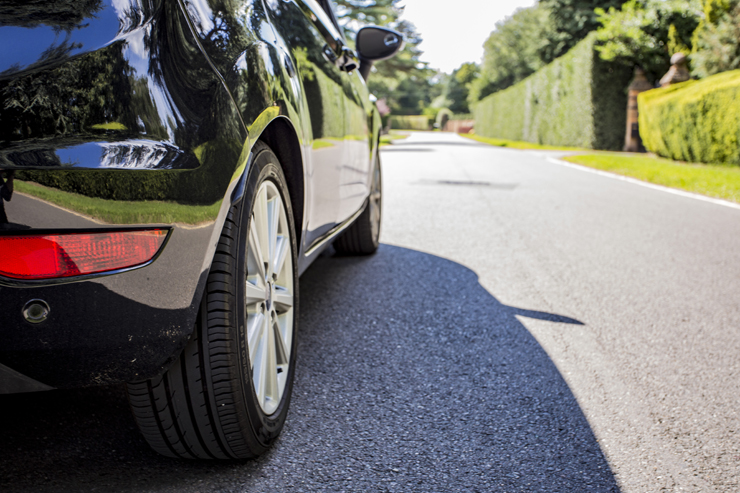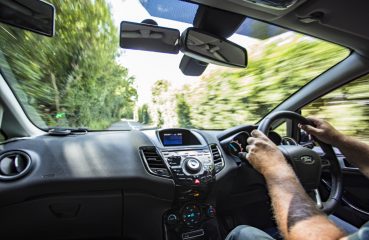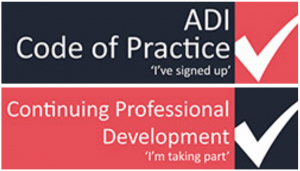Where:
There are two main test centres in the area WATFORD & PINNER.
Booking a test
You can’t book a test unless you have passed the theory test. There is sometimes a long waiting time of 5 -7 weeks, so we can plan lessons up to your test as required.
To book the test is the same website as for your theory https://www.gov.uk/book-driving-test
Mock test
A mock test will take place approximately 2 weeks before your test date, if you feel that you are not ready then you may move the test free of charge.
Cancelled Driving Tests
Sometime your driving test can be cancelled or stopped because of bad weather, problems with your car, or for other reasons. Read below to find out more .
Bad weather
Driving tests aren’t carried out in dangerous weather conditions, such as when the roads are icy or if there’s flooding, thick fog or high winds.
Call your test centre if there are any of these conditions on the day of your test. The phone number for the test centre is on your booking confirmation email.
If your test can’t go ahead
The Driver and Vehicle Standards Agency (DVSA) will:
- automatically book the next available date for your test
- send you the details within 3 working days – it can take up to 7 days if there’s a long period of bad weather
You can change the date you’re given if it’s not suitable.
You can’t claim for any out-of-pocket expenses if your test is cancelled because of bad weather.
Problems with you or your car
You’ll have to book another test and pay again if your test can’t be completed because of a problem with:
- you, for example, if you feel unwell while taking your test
- your car, for example, if it breaks down during the test or doesn’t meet the rules to be used
If your test is cancelled for another reason
Sometimes DVSA has to cancel tests for other reasons, for example, if the examiner is unwell.
You’ll be sent a new date for your test if this happens. You can change the date if it’s not suitable.
You can apply for a refund of out-of-pocket expenses if DVSA cancels your test at short notice.
Changes to the driving test:
From the 4th December 2017 the new driving test will come into force with some major changes detailed below. Keith will ensure you understand these amendments and prepare you thoroughly for your practical driving test.
As of August 7th 2017 here are the changes:
Pre-briefing at the start of the test
Here’s the new explanation that driving examiners will give at the start of the test.
The test will last about 38 to 40 minutes and will include about 20 minutes of independent driving and various roads and traffic conditions. I will ask you to complete one manoeuvre and we may carry out an emergency stop. The sort of things you’ve been practising with your instructor or accompanying driver.
The ‘tell me’ safety question
This question will still be asked at the test centre, before the pupil starts driving. Here’s the new explanation that will be used.
Now I’d like to ask you one question about your vehicle and other matters relating to vehicle safety. The second question will be a ‘show me’ question on the move.
If you’d like to make yourself comfortable in your car now please, I will join you in a moment.
The full set of possible ‘tell me’ questions is on GOV.UK.
The pupil will still need to open the bonnet if they’re asked question 12, 13 or 14.
In September, a video about the ‘tell me’ questions will be published so pupils will know:
- how to carry out the checks
- why it’s important that they do them regularly
The ‘show me’ safety question
This question will be asked while the pupil is driving.
It can be asked at any time during the test, including during the independent driving part.
The examiner will ask the question in a location which gives your pupil enough chance to demonstrate the safety check. Here’s the instruction they’ll give.
“When it’s safe, could you show me…”
This video shows a couple of examples.
If the pupil isn’t sure how to do it, the examiner will ask them to pull in when it’s safe and appropriate, and then ask them to find the control.
The examiner will be able to ask any of your pupils with special needs to pull in before asking the question, so they can explain what they need to do.
There will be a video published about the ‘show me’ questions in September.
Independent driving
The examiner will ask the pupil to pull over before starting the independent driving part of the test. At this point, the examiner will select and start the route, if it’s using a sat nav.
Here’s the instruction that examiners will give when using a sat nav.
Shortly I’d like you to drive for some distance independently. I’d like you to follow a series of directions from the sat nav please. Continue to follow the sat nav until I tell you otherwise. Drive on when you’re ready.
Remember, 1 in 5 tests will be following traffic signs, and not directions from a sat nav. The instruction given for these will be as follows.
Shortly, I’d like you to drive for some distance independently. I’d like you to follow the traffic signs for [location] please. Continue to follow the signs until I tell you otherwise. Drive on when you’re ready.
Pull up on the right and reverse
Here’s the instruction that examiners will give to the pupil while they’re driving (they won’t pull over first to give the instruction).
Pull up on the right when it is safe to do so, please.
I’d now like you to reverse back for about 2 car lengths, keeping reasonably close to the kerb.
If another vehicle pulls up behind the car and stops the pupil from reversing back, the manoeuvre won’t be completed. The examiner will ask your pupil to drive on, and another exercise will be carried out later in the test.
If a vehicle pulls up in front, the exercise will continue.
This video shows an example of the manoeuvre being carried out.
Parking in a bay
The examiner will ask the pupil to park in a bay. They’ll ask them to either:
- reverse in and drive out (only in a driving test centre car park)
- drive in and reverse out (in any car park – including a driving test centre car park)
Here’s the instruction they’ll give to drive forward into a parking bay.
I’d like you to drive forward into a convenient parking bay finishing within the lines, either to the left or the right (if the car park allows it).
Now, I’d like you to reverse out either to the left or the right (if the car park allows it).
The pupil doesn’t need to park in a bay where there are vehicles in adjacent bays.
The pupil can’t drive through a first parking bay, and then park in a bay directly in front of that. When they reverse out, they can’t go into any bays behind them.
This video shows an example of the manoeuvre being carried out.
More information can be found on The DVSA Blog here in the meantime.
When preparing to learn to drive, alongside applying for your provisional licence, I recommend purchasing short-term Learner Driver Insurance.
Collingwood Insurance Services offer some great deals, click the banner above or visit http://bit.ly/2uhdePR to get a fast quote, and enter 272080 for the best prices available.
Last modified: August 11, 2017





